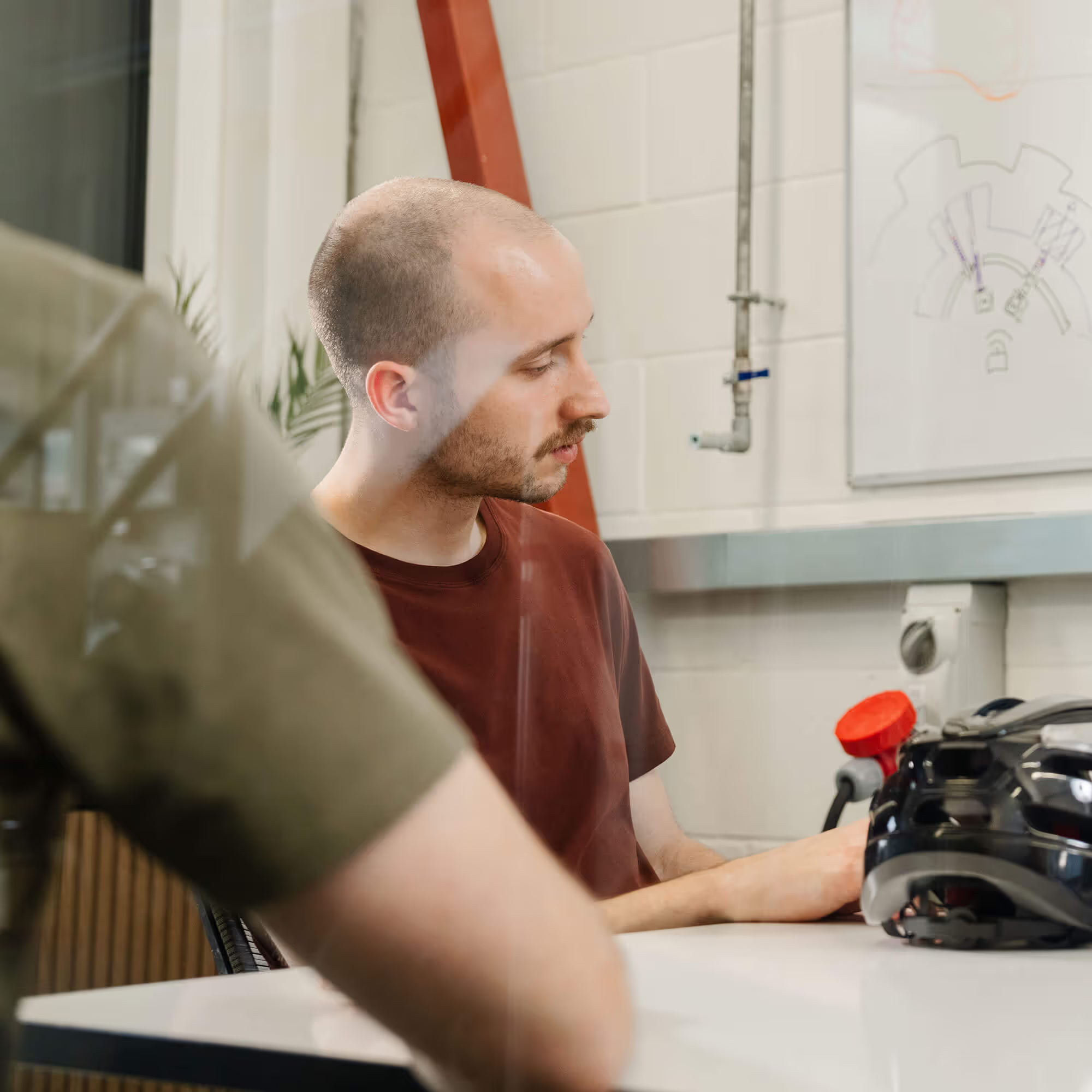
We were busy developing a cycling helmet we hoped would show promising numbers for mitigating rotational force. One day while testing new ideas in the lab, the shell completely disconnected upon impact. Because this kind of thing happens all the time when moving fast and testing rough samples, we didn’t think anything of it. But when we saw the test results, we were floored.
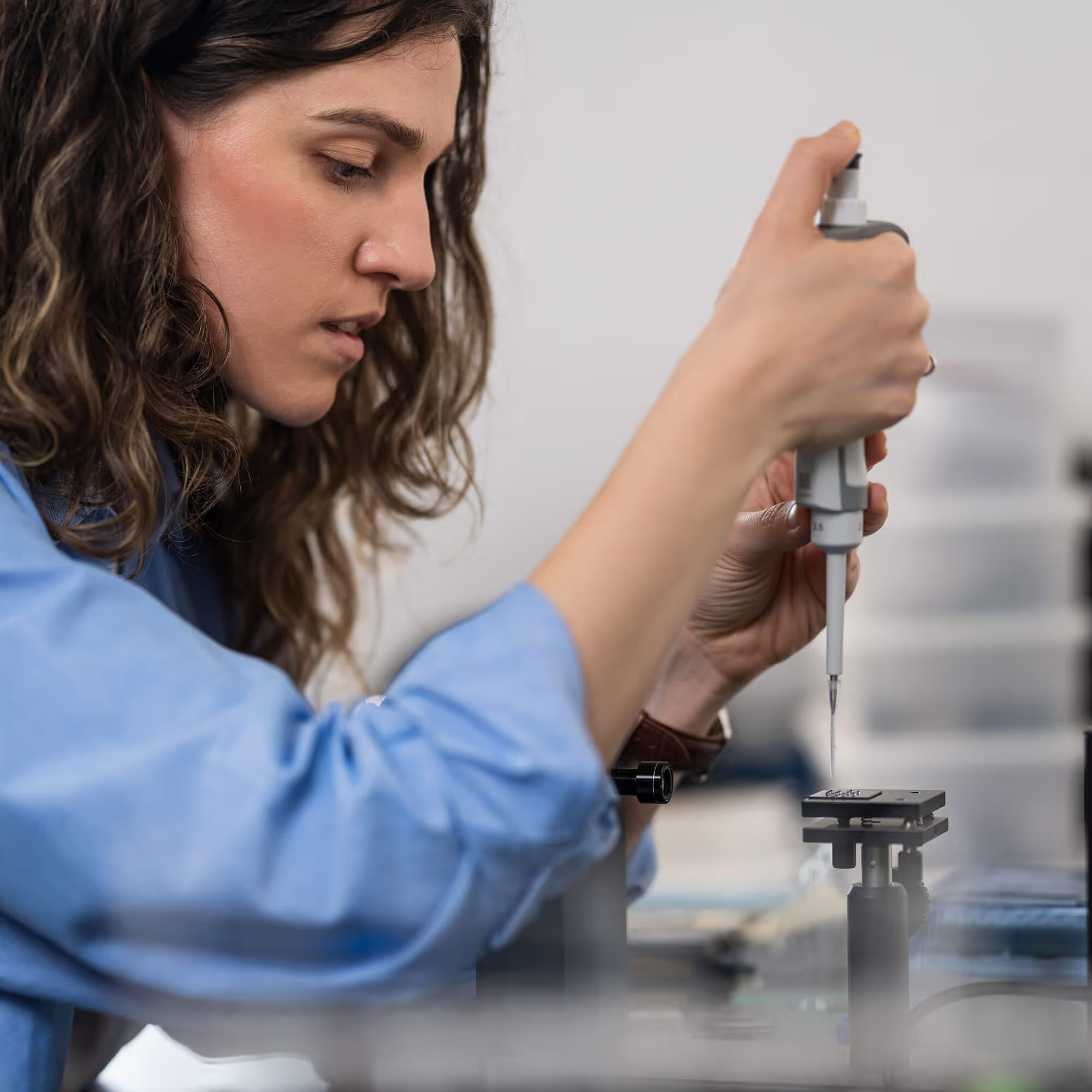
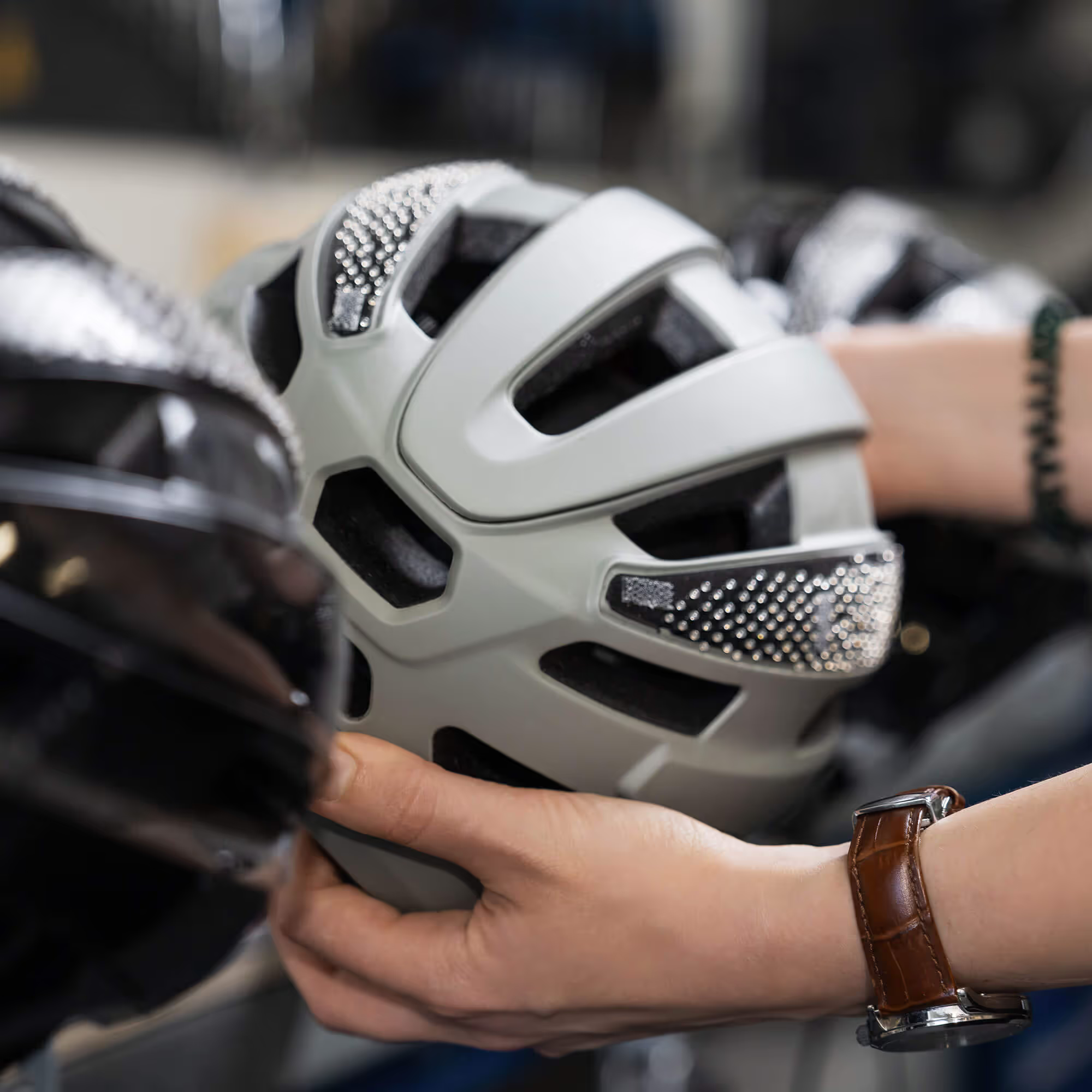
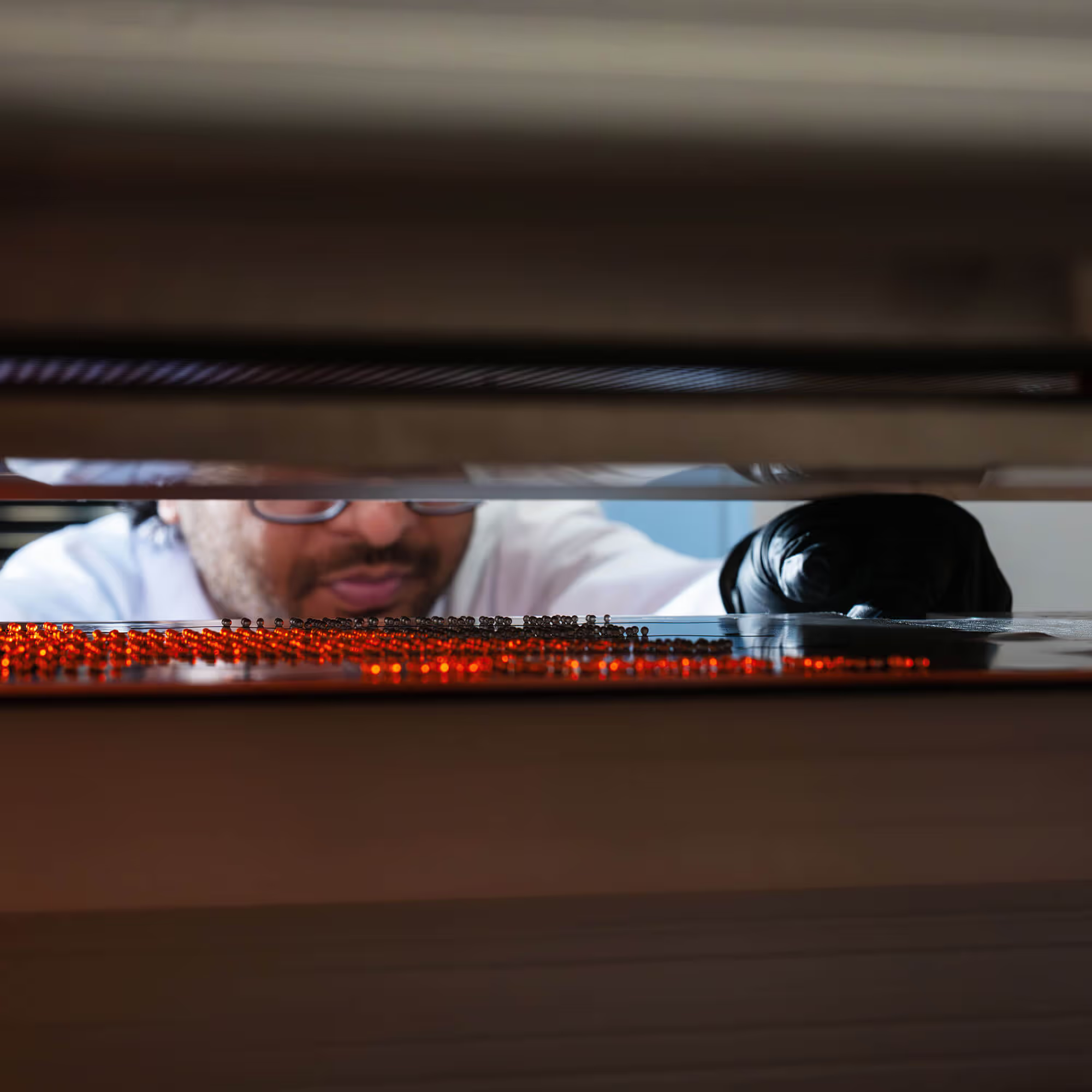
It was a moment that gave us a very big, very different idea. To see it through, we knew we had to go all in. We expanded our own state of the art lab and built a bespoke production line under the same roof, so that we could innovate and iterate quickly. It was the epitome of rapid prototyping – design, build, test, repeat.
We’re still relentlessly innovating every day, working to better protect what makes humans human. The mind.
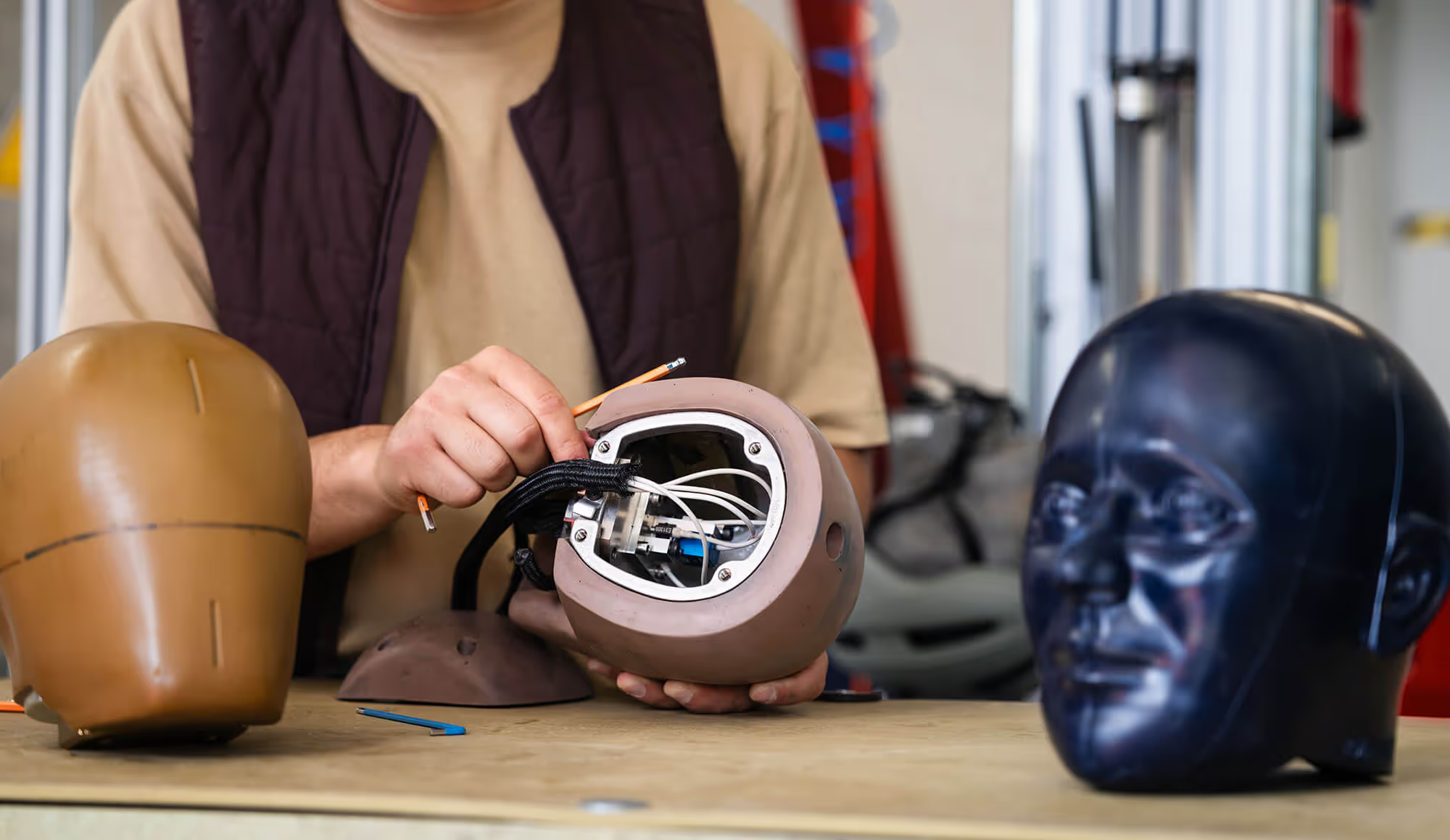
We intentionally use the same sensors, test methodologies and head forms as Mips, Virginia Tech and other test labs. We replicate the same impacts and use industry standards to evaluate TBI risk.
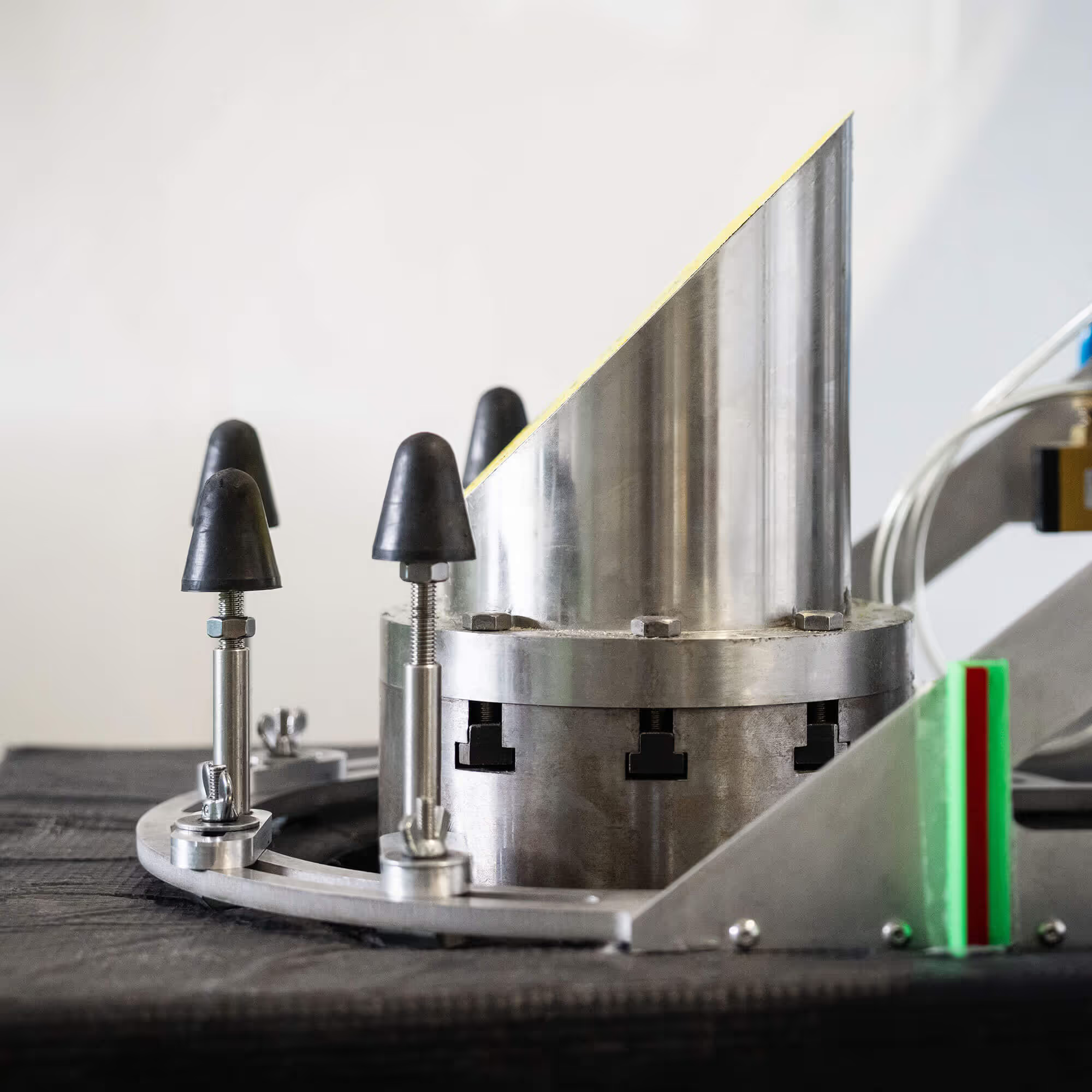
But testing methods are pretty much where the similarities end. Because where Mips relies on sliding, with only 10 - 15mm of relative motion, RLS allows for an unlimited range of outer-layer movement, through the full release of panels. How? By leveraging ball bearings that can roll with a rolling resistance that is 100 to 1,000 times lower than typical sliding friction coefficients.
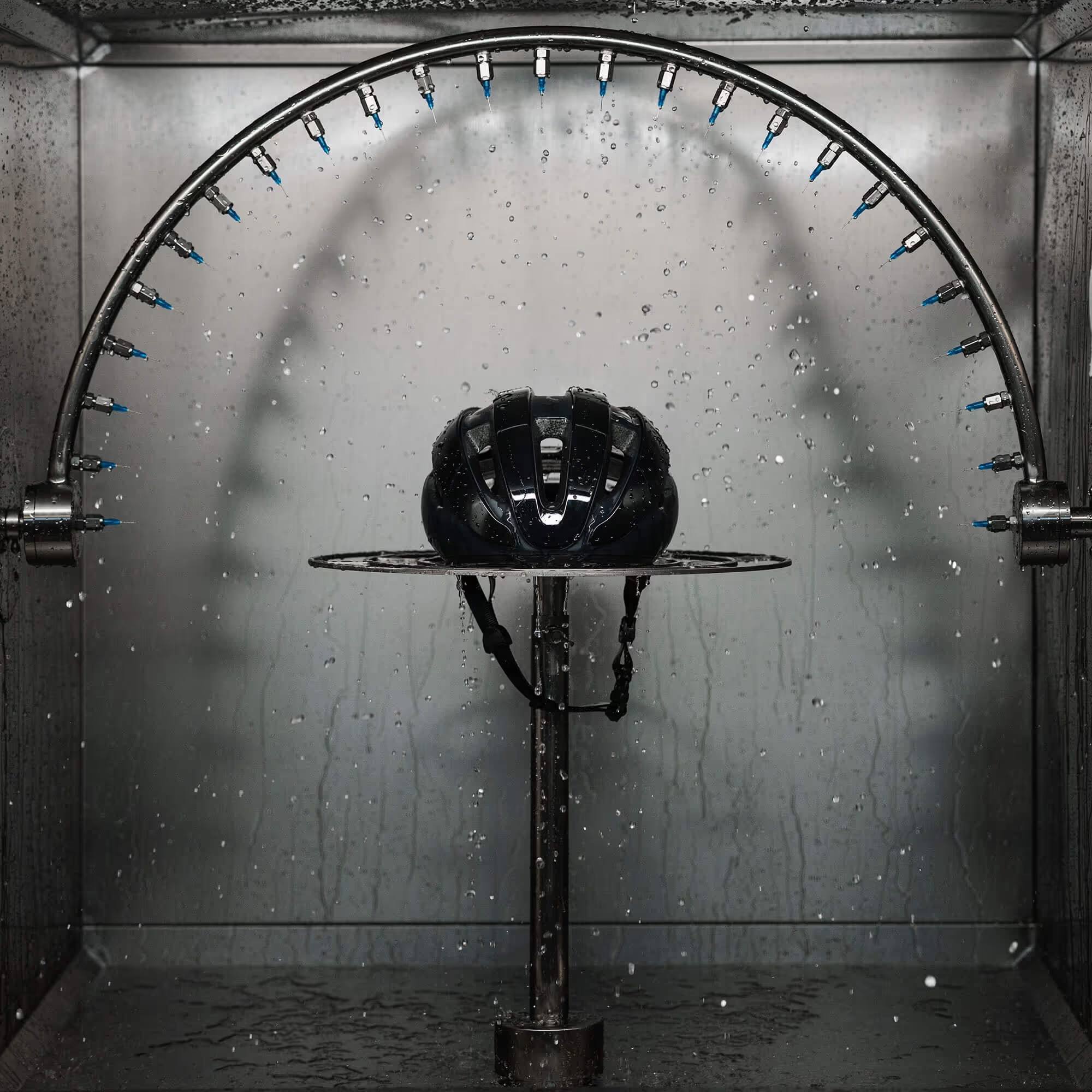
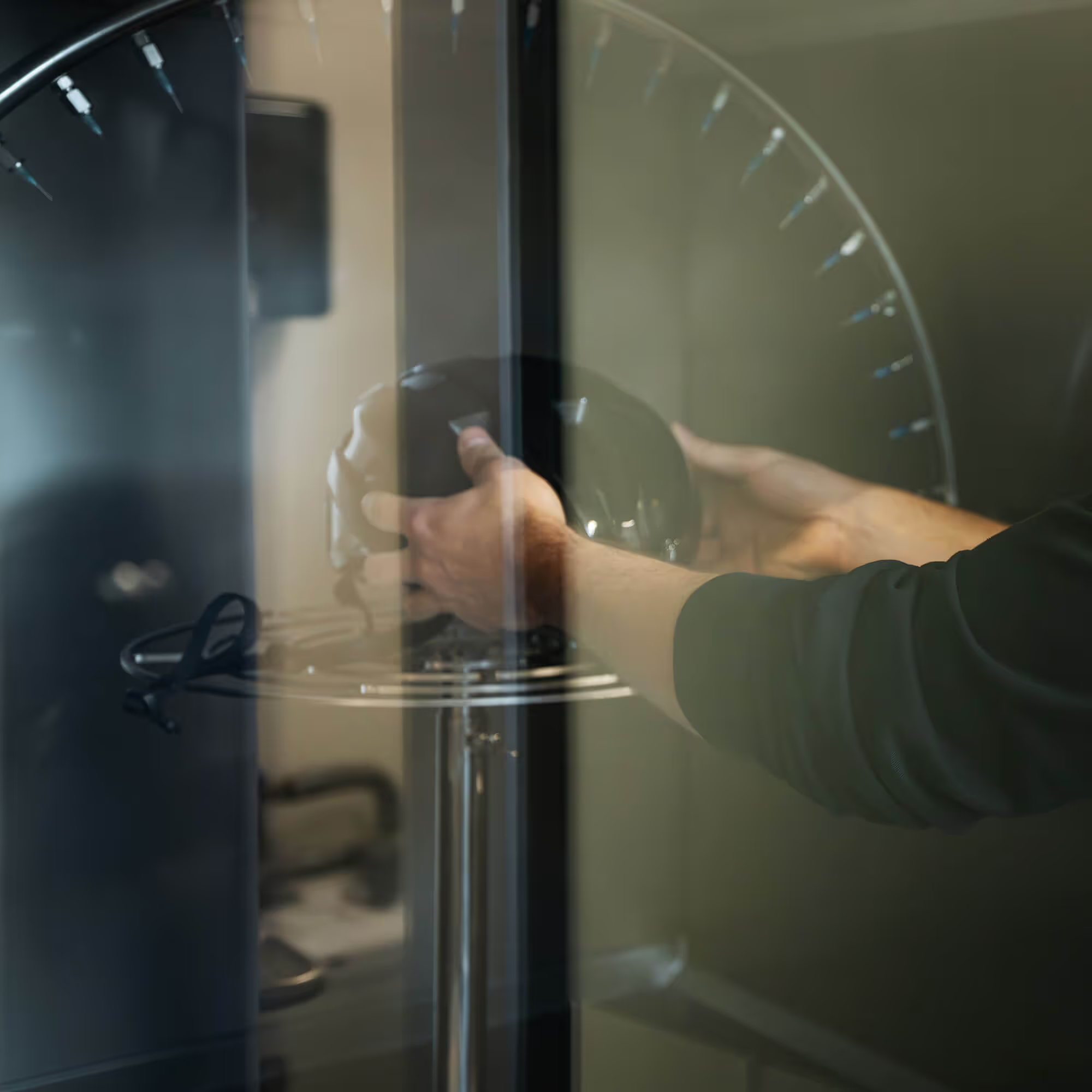


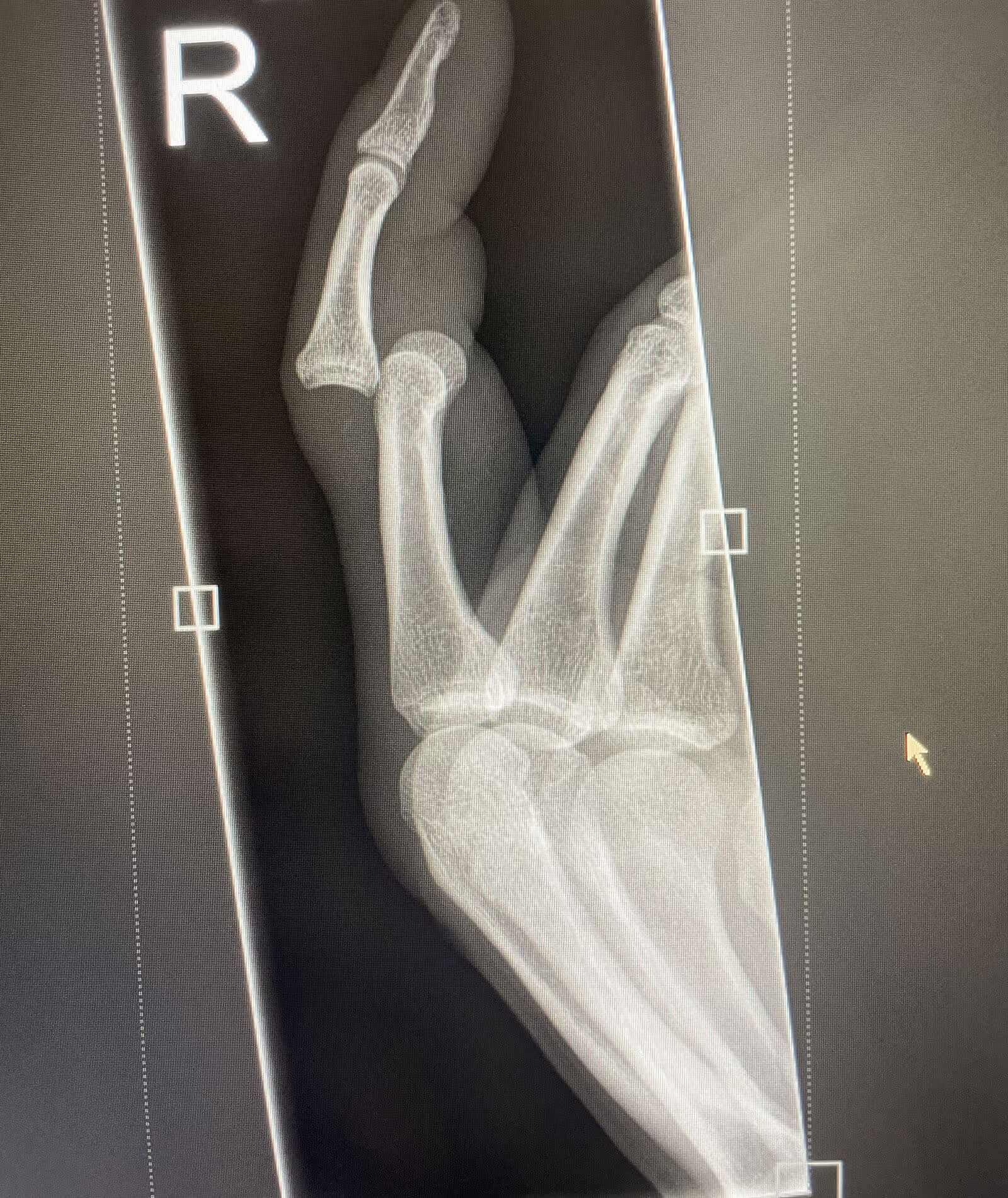

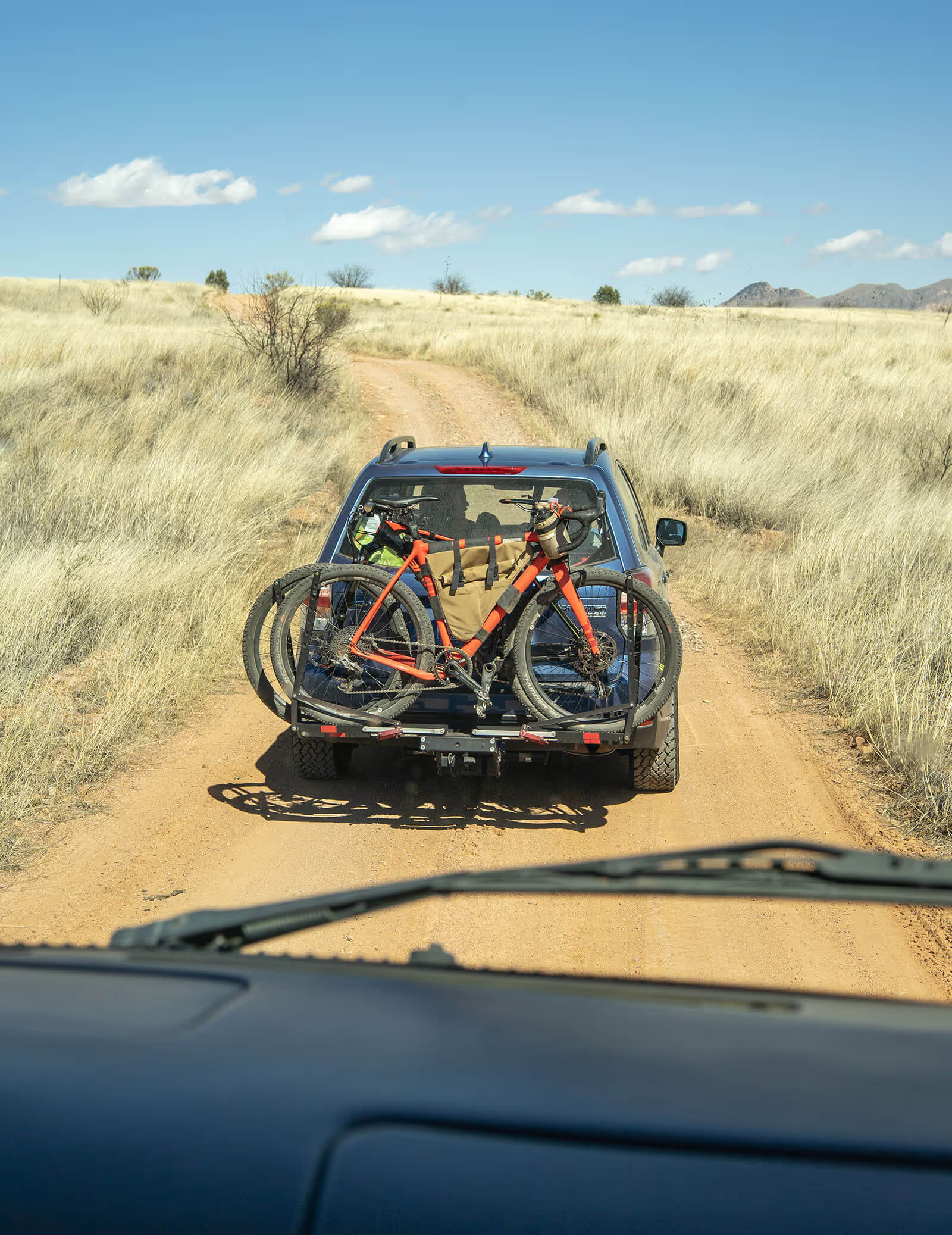

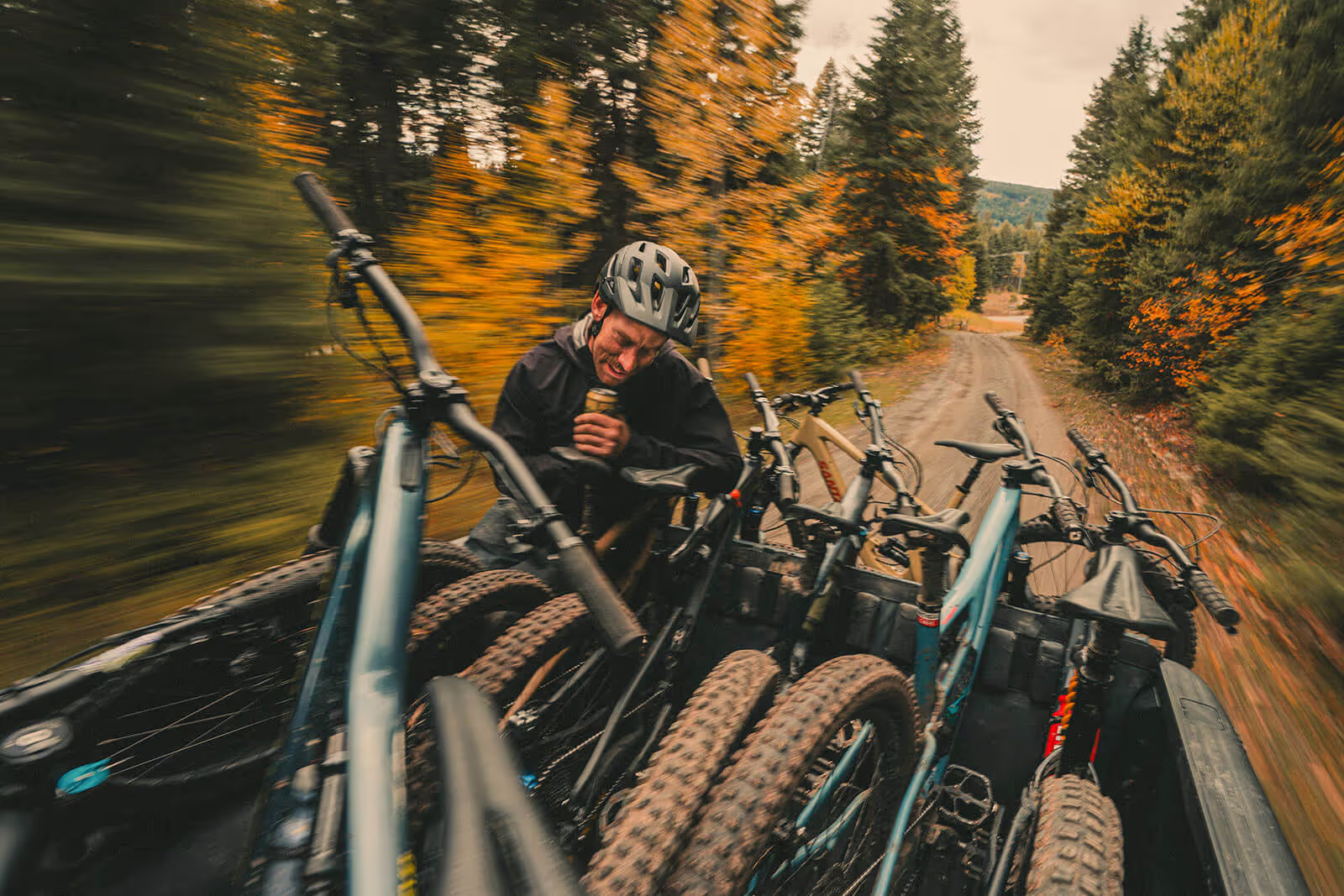
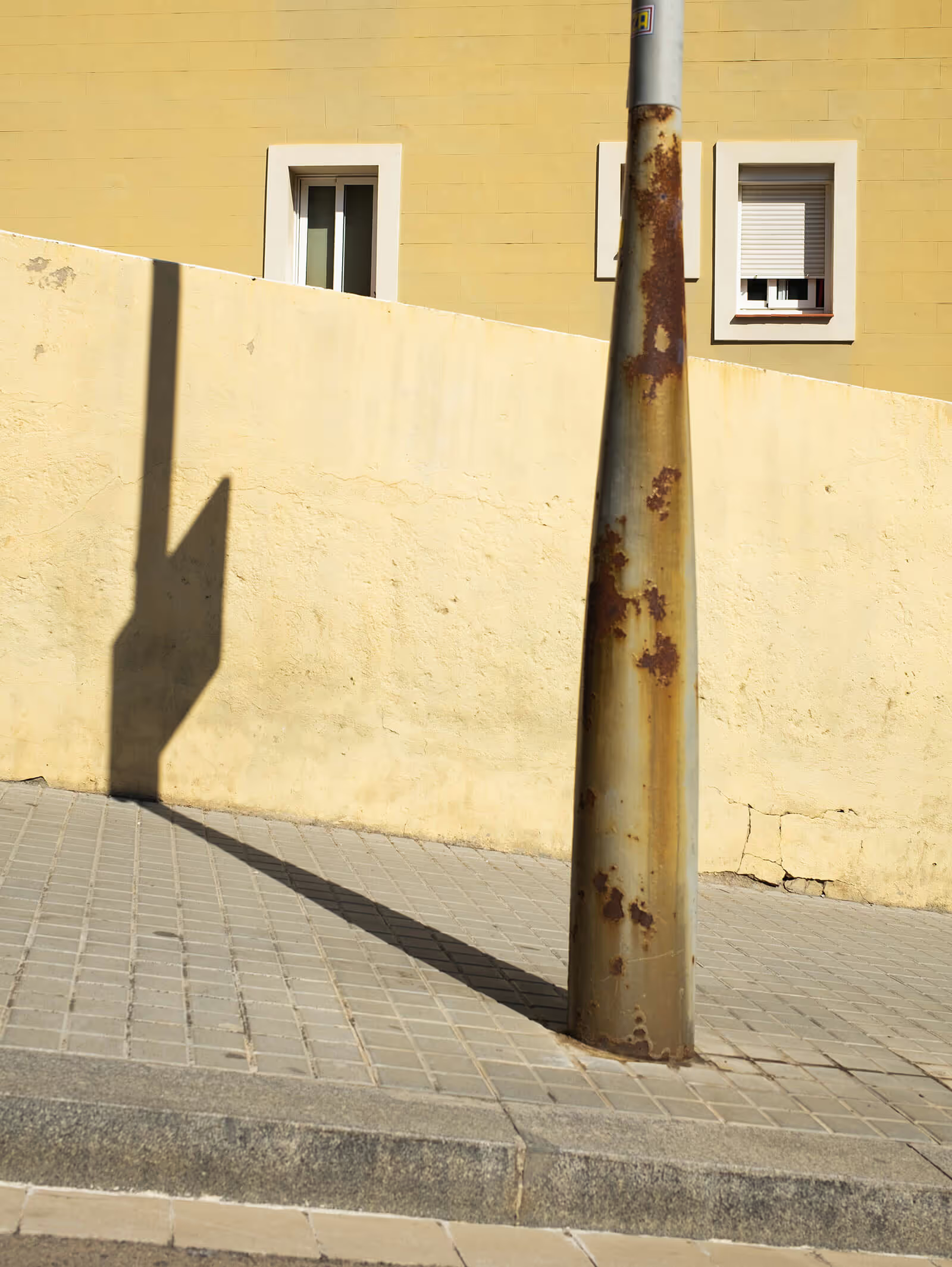

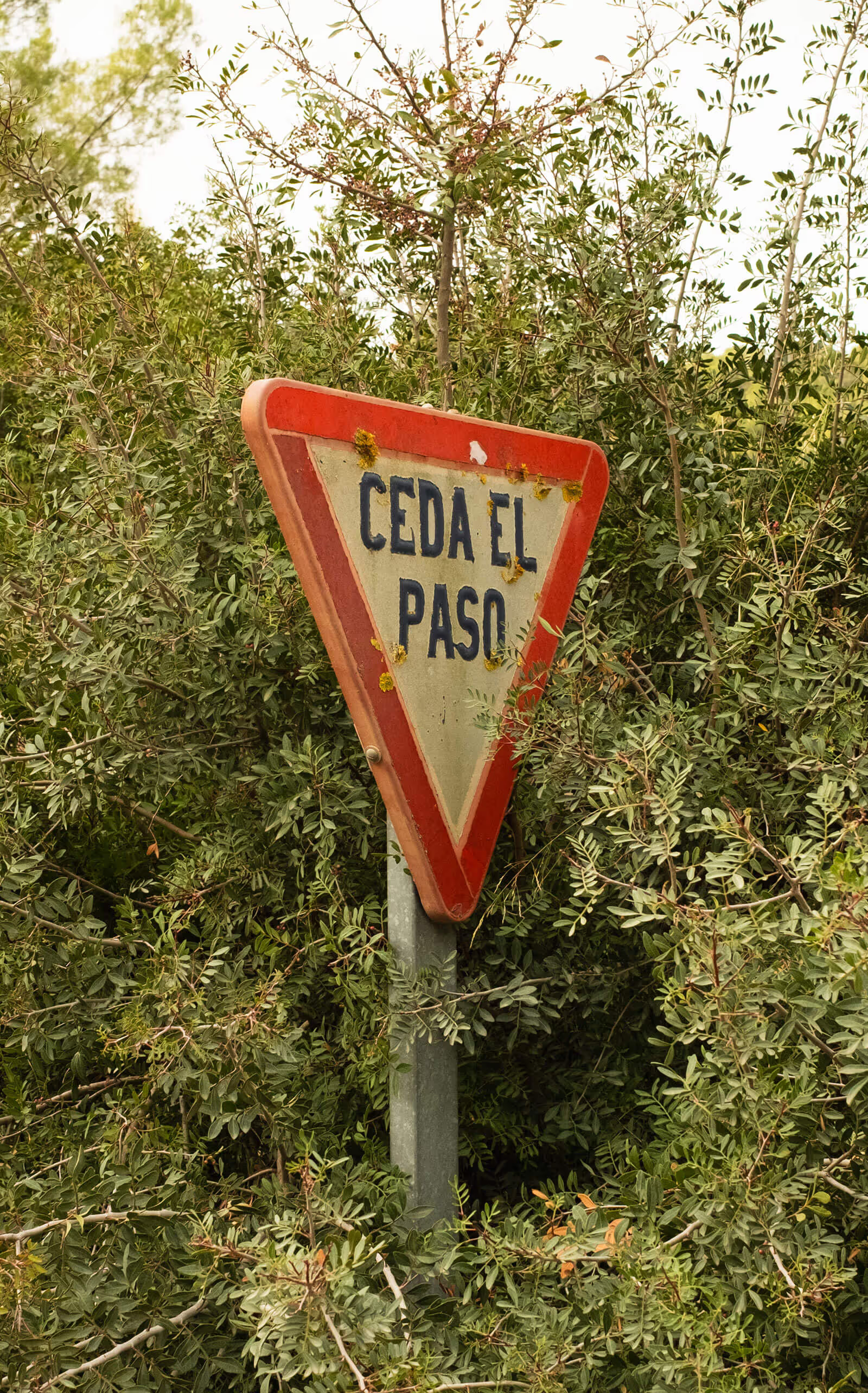



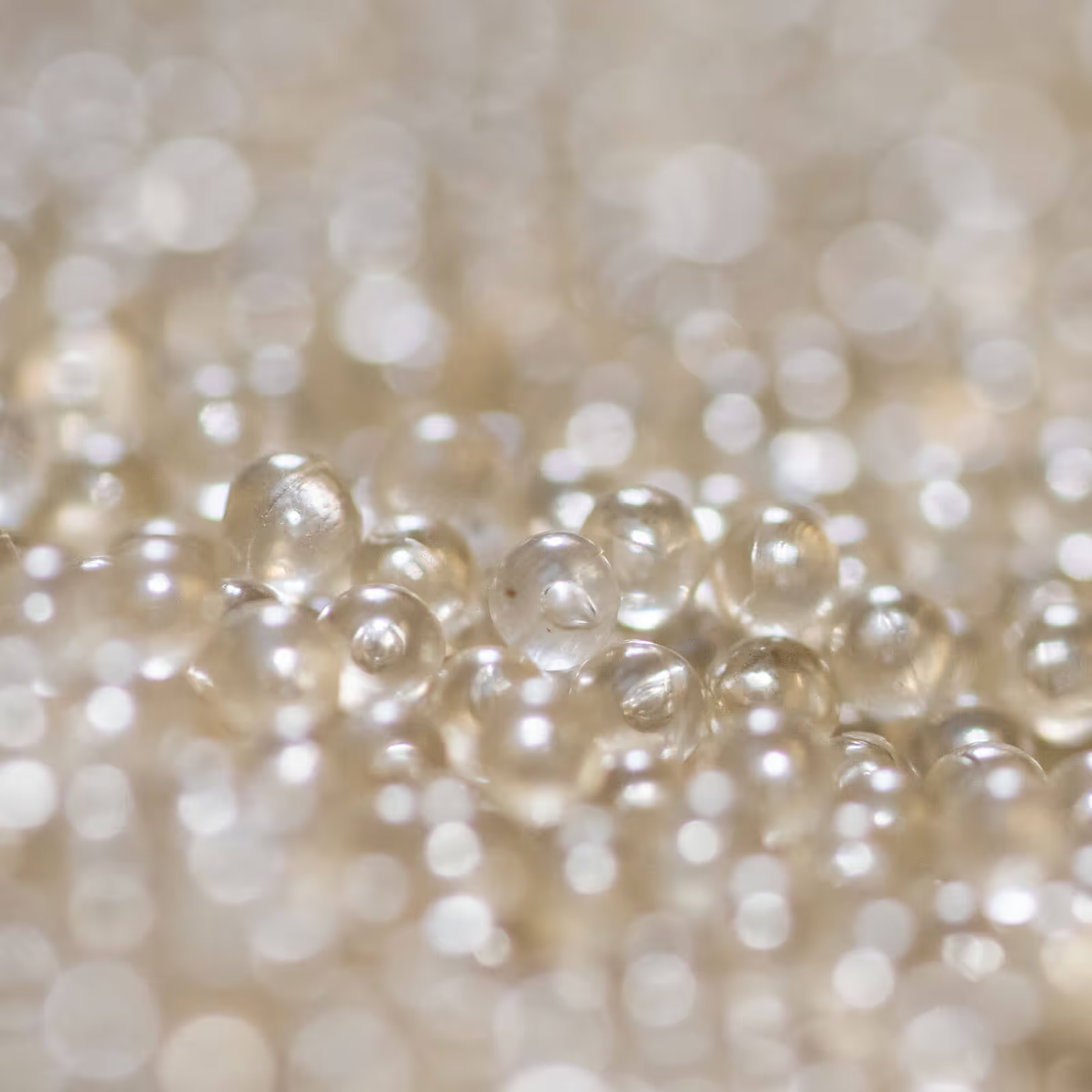


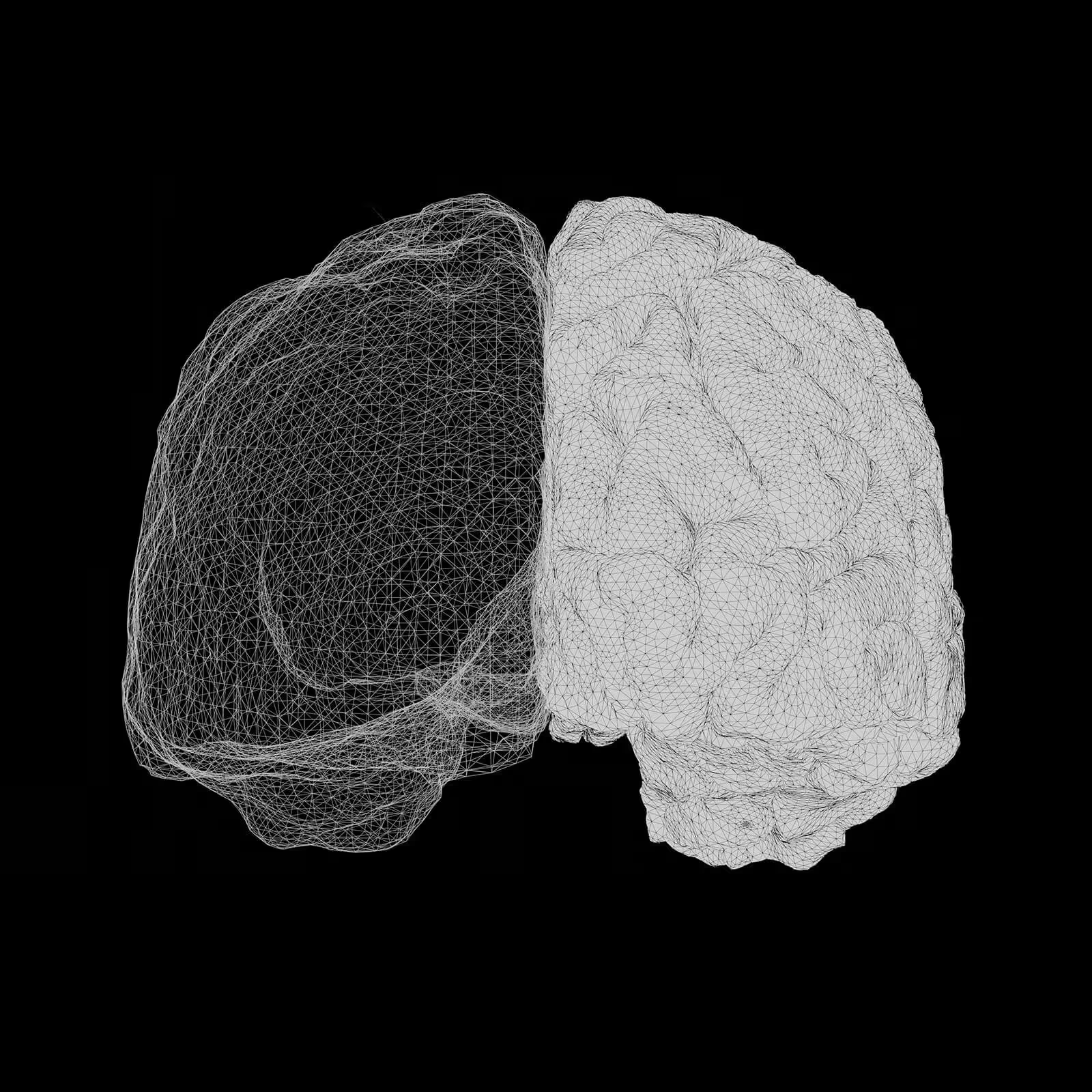
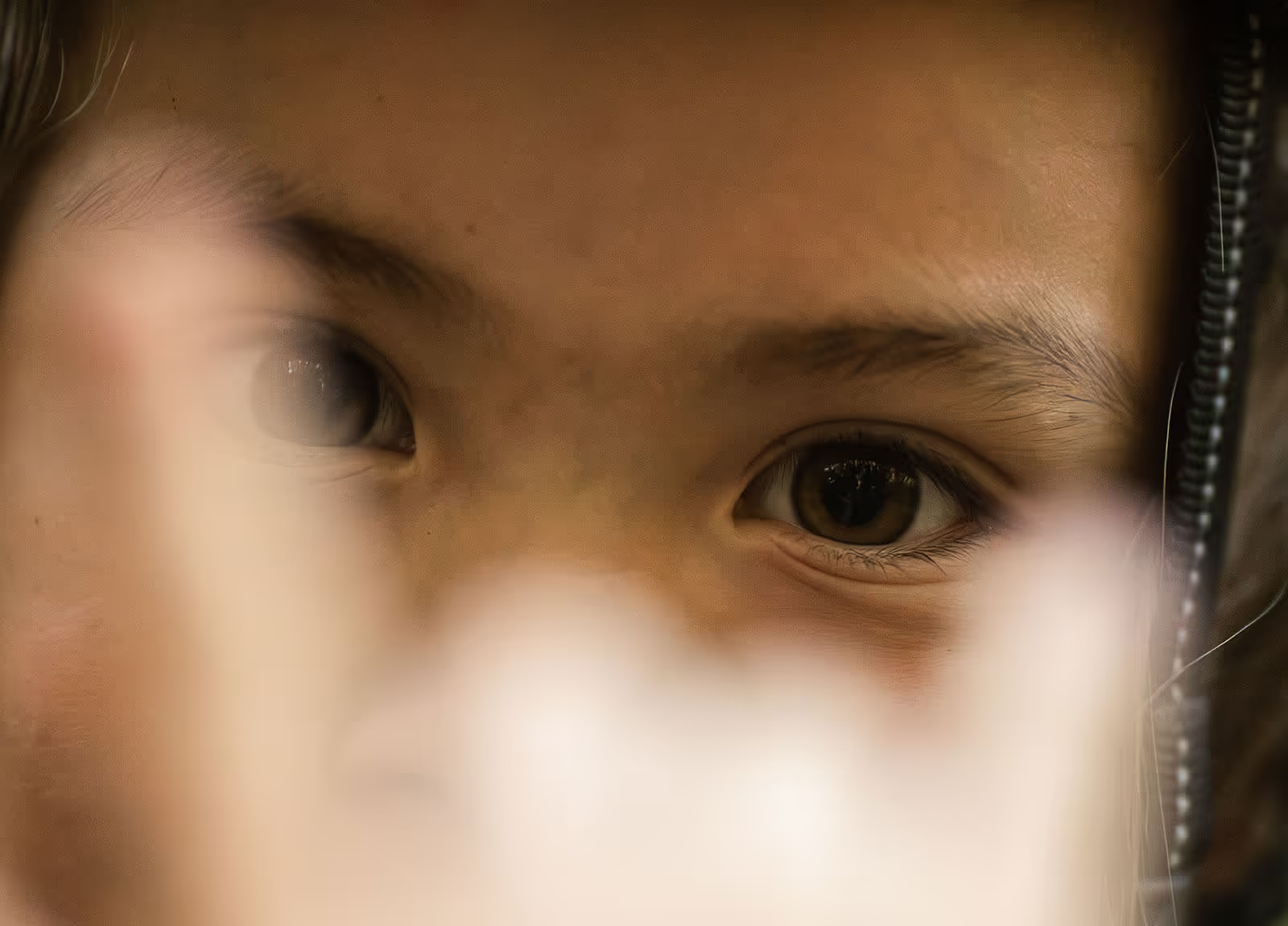

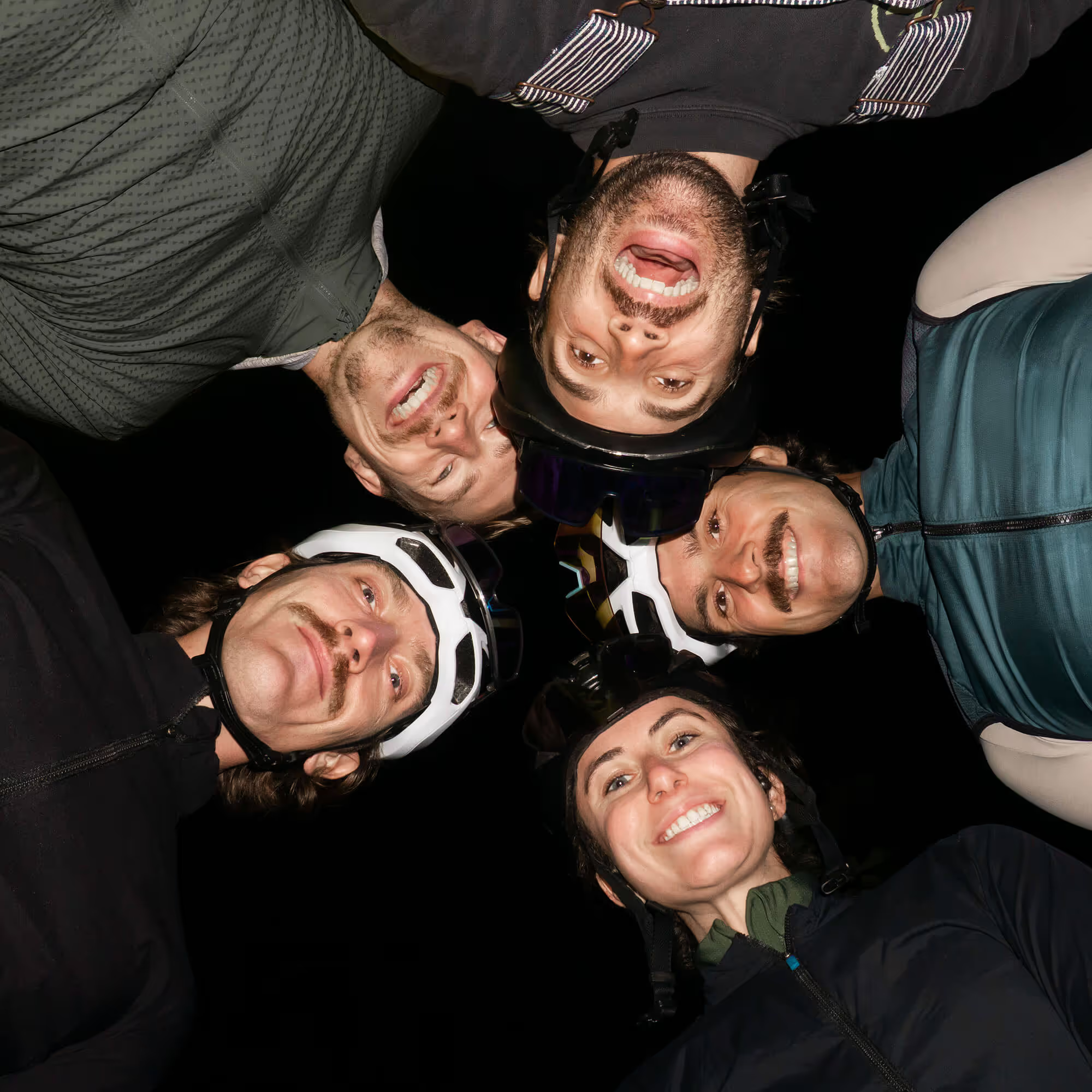
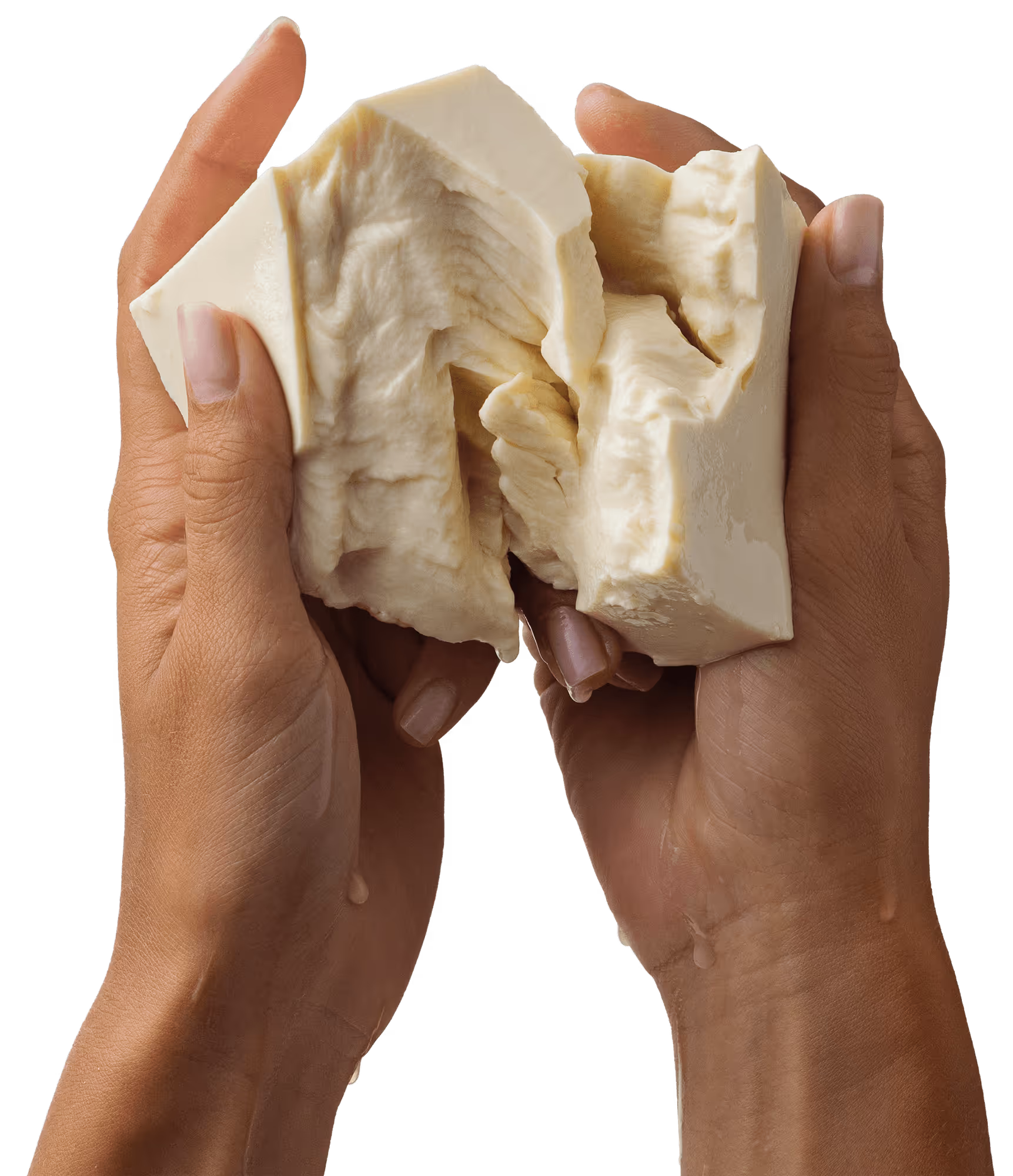
While the brain itself is incredibly powerful, it’s also incredibly fragile. It’s actually quite similar to soft tofu. And if you’ve ever handled tofu, you know it doesn’t take much to break it apart.
Lucky for us, our “tofu brains” are encased in a relatively tough skull, and surrounded with cerebrospinal fluid. This “original brain protection strategy” is remarkably stable when confronted with direct or “linear” impact. But when we encounter a glancing blow, or land at an angle? That’s a different story.
When the skull impacts a surface at an angle, rotational force or “concussive force” is generated. Rotational force can cause damage and stretching to the axons in the brain, which doctors call “diffuse axonal injuries,” and believe are a primary cause of concussion and other Traumatic Brain Injuries.


Jamie Cook
Co-founder, CEO

Higor Alves de Freitas
Head of Technology
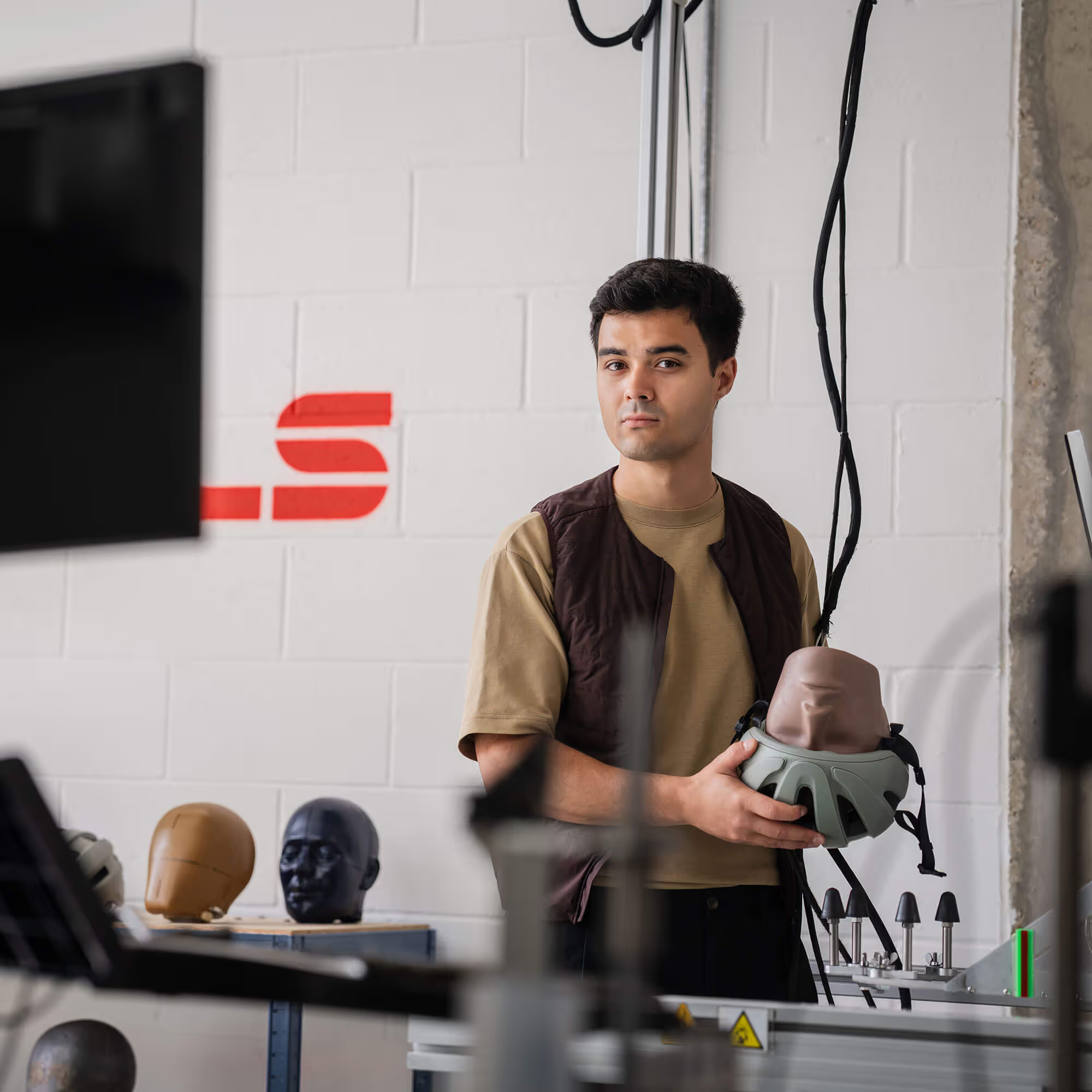
Maria Kaimaki
Head of Research
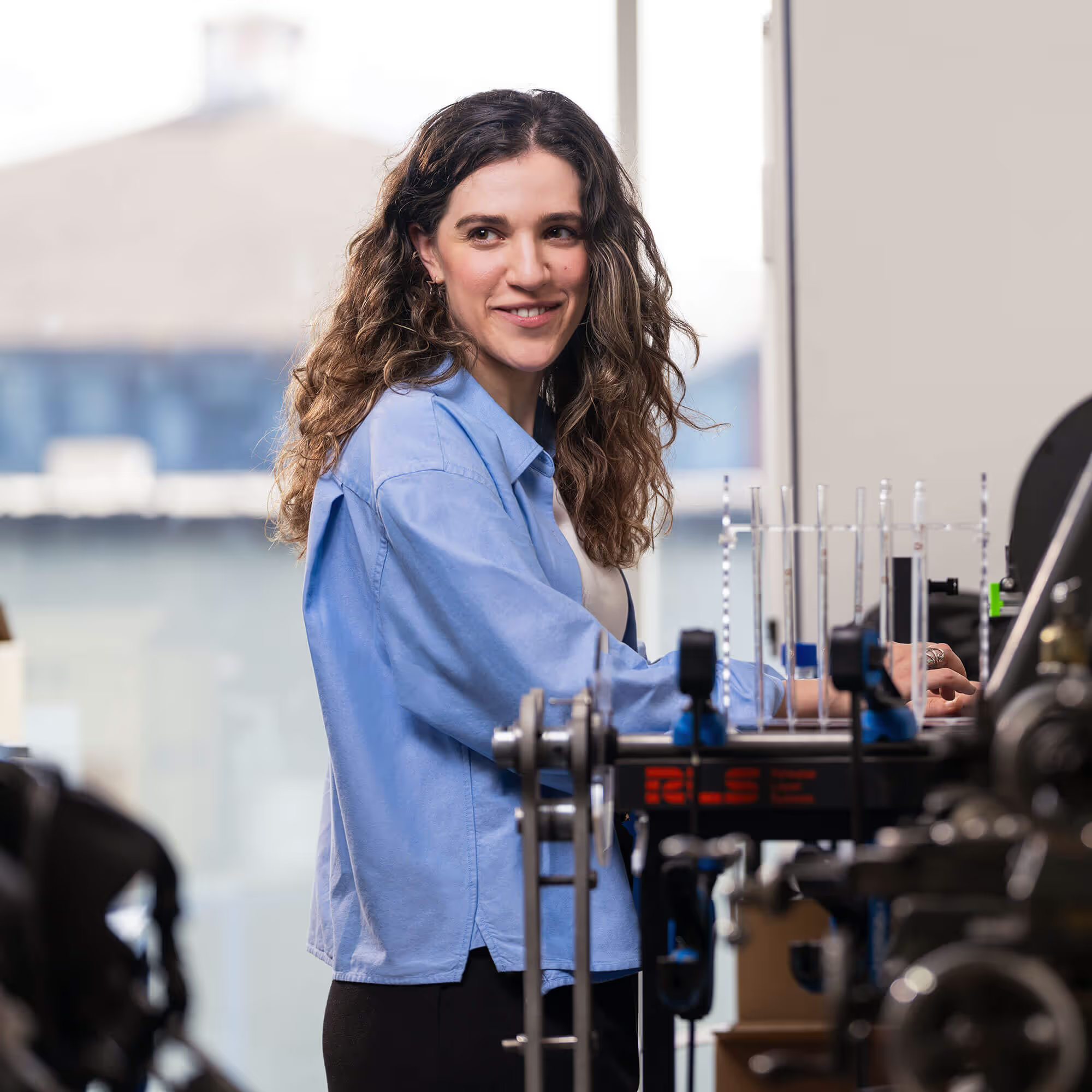
Cristian Sacco
Head of Production
.avif)
Tony White
Chief Technology Officer

James Humphries
Product Developer
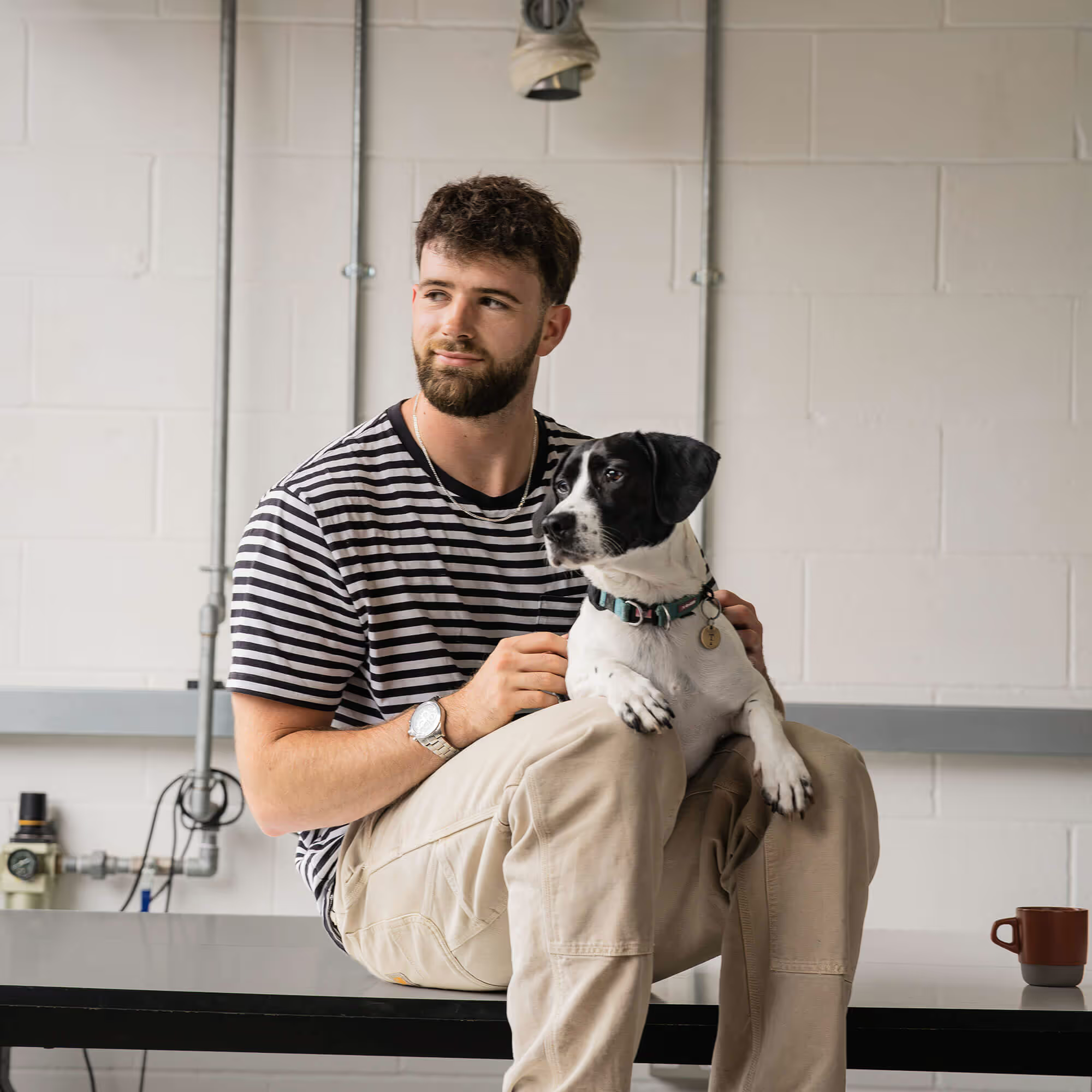
Theodore Dickson
Design Engineer
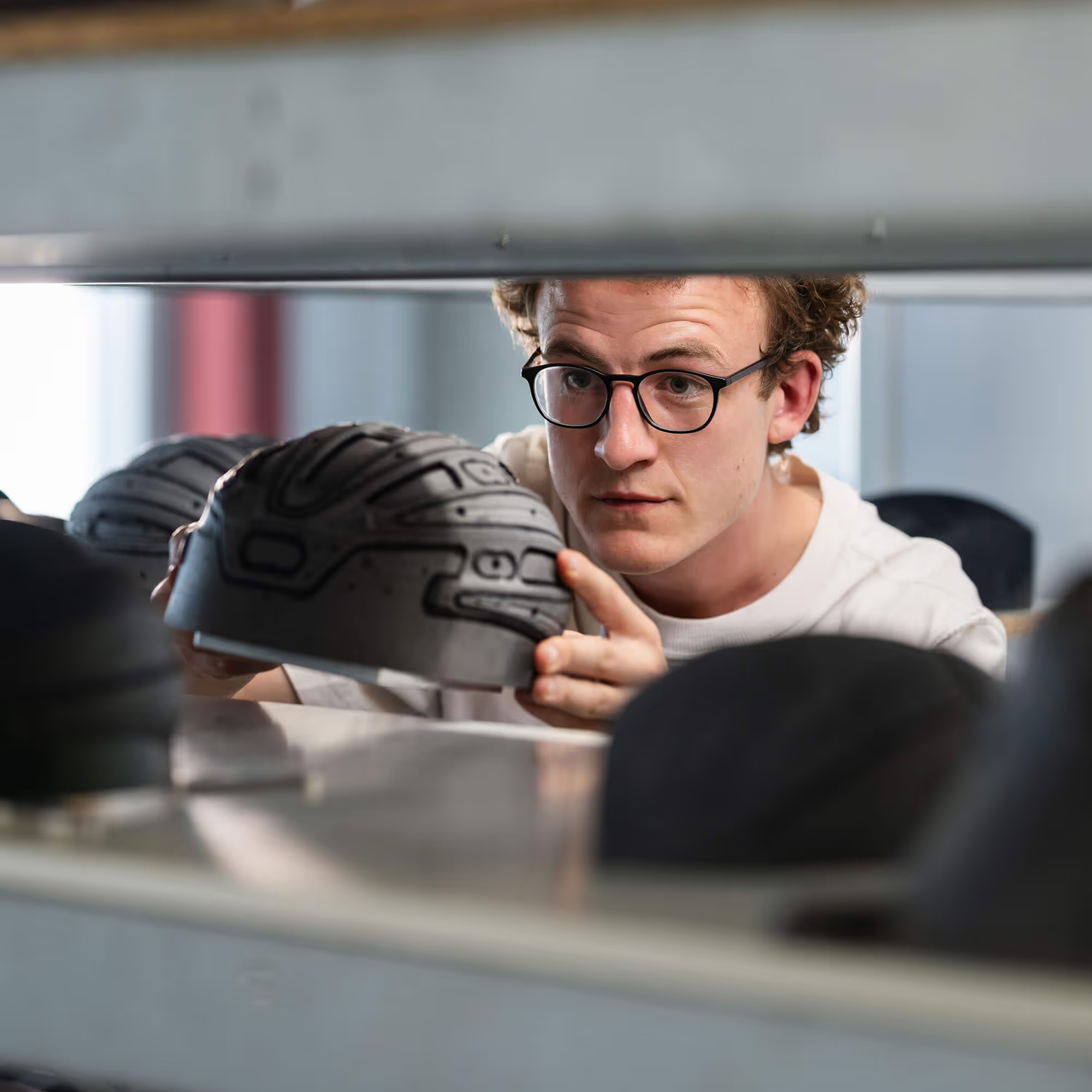
Archie Read
Product Developer
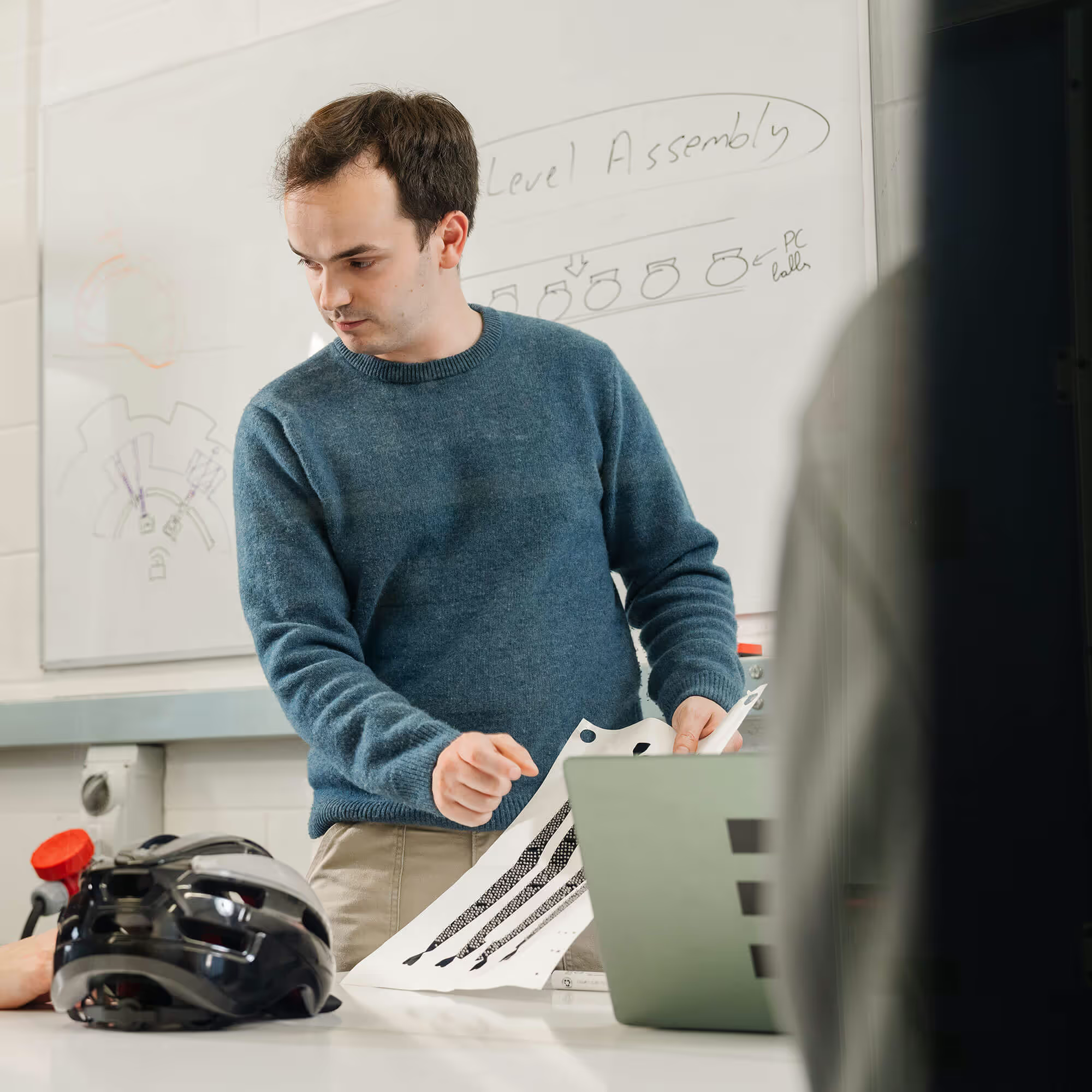
Theo Clarke
Operations Lead
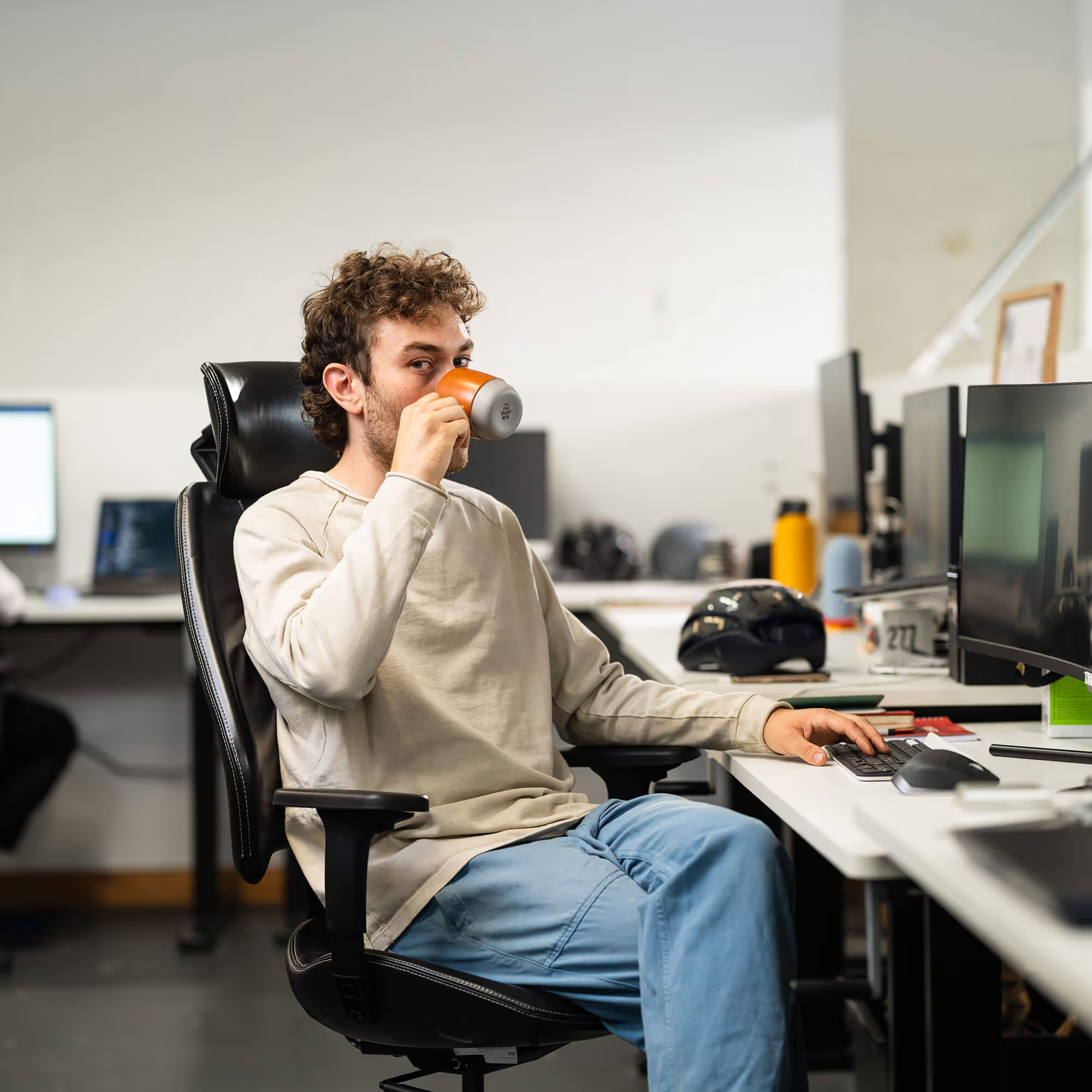
Andrew Lau
Technician
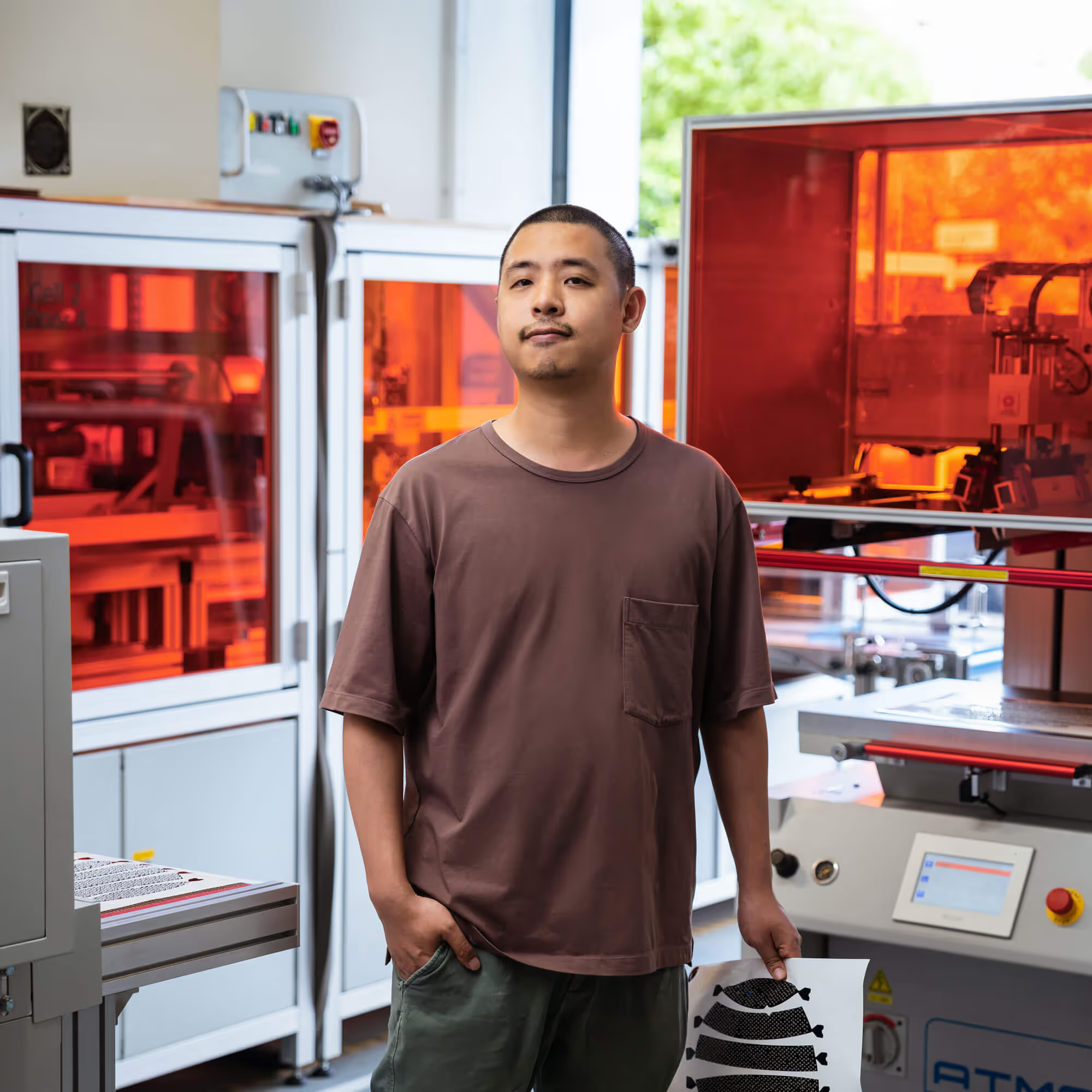
Nirav Mehta
Technician
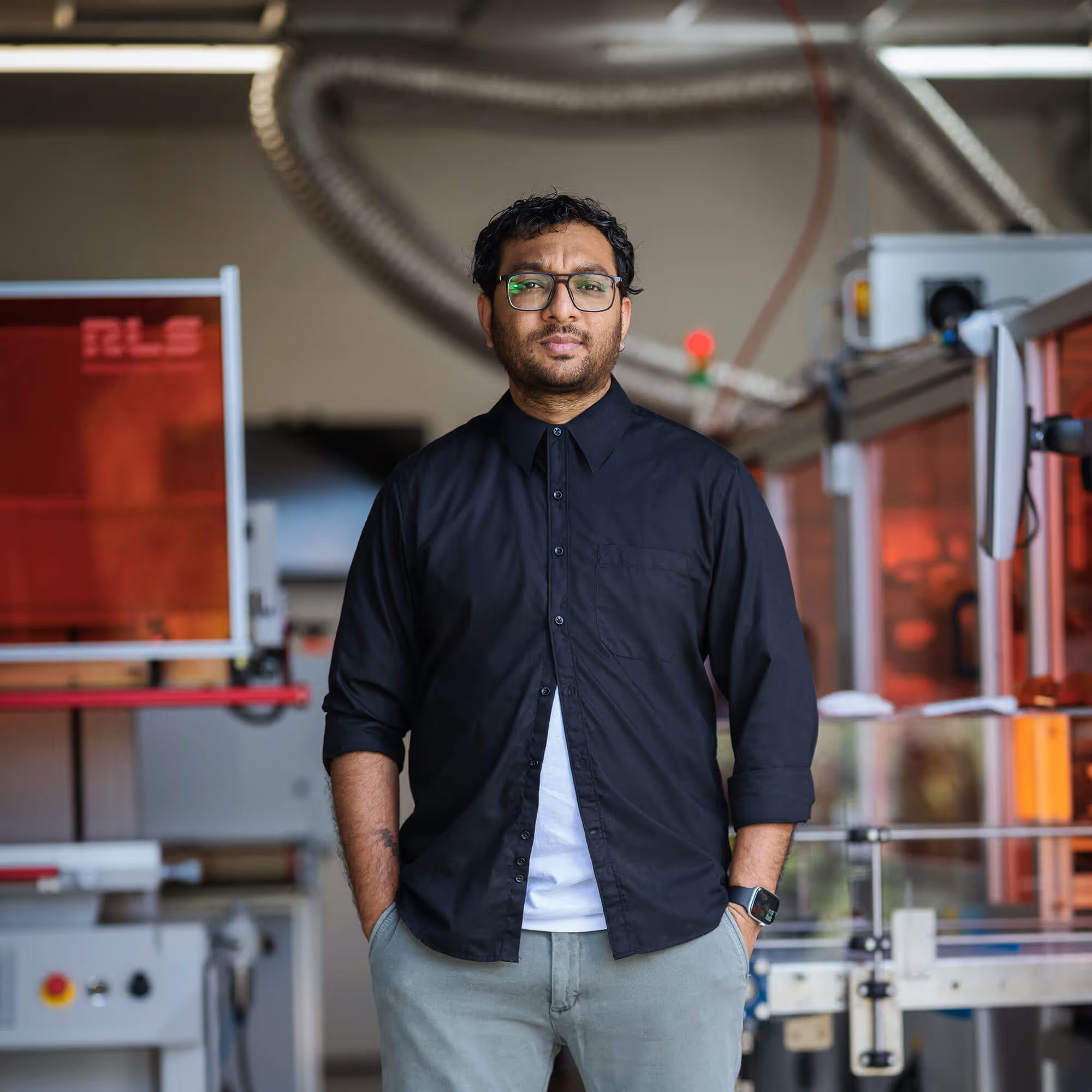
Darcy Thompson-Bagshaw
Research Engineer
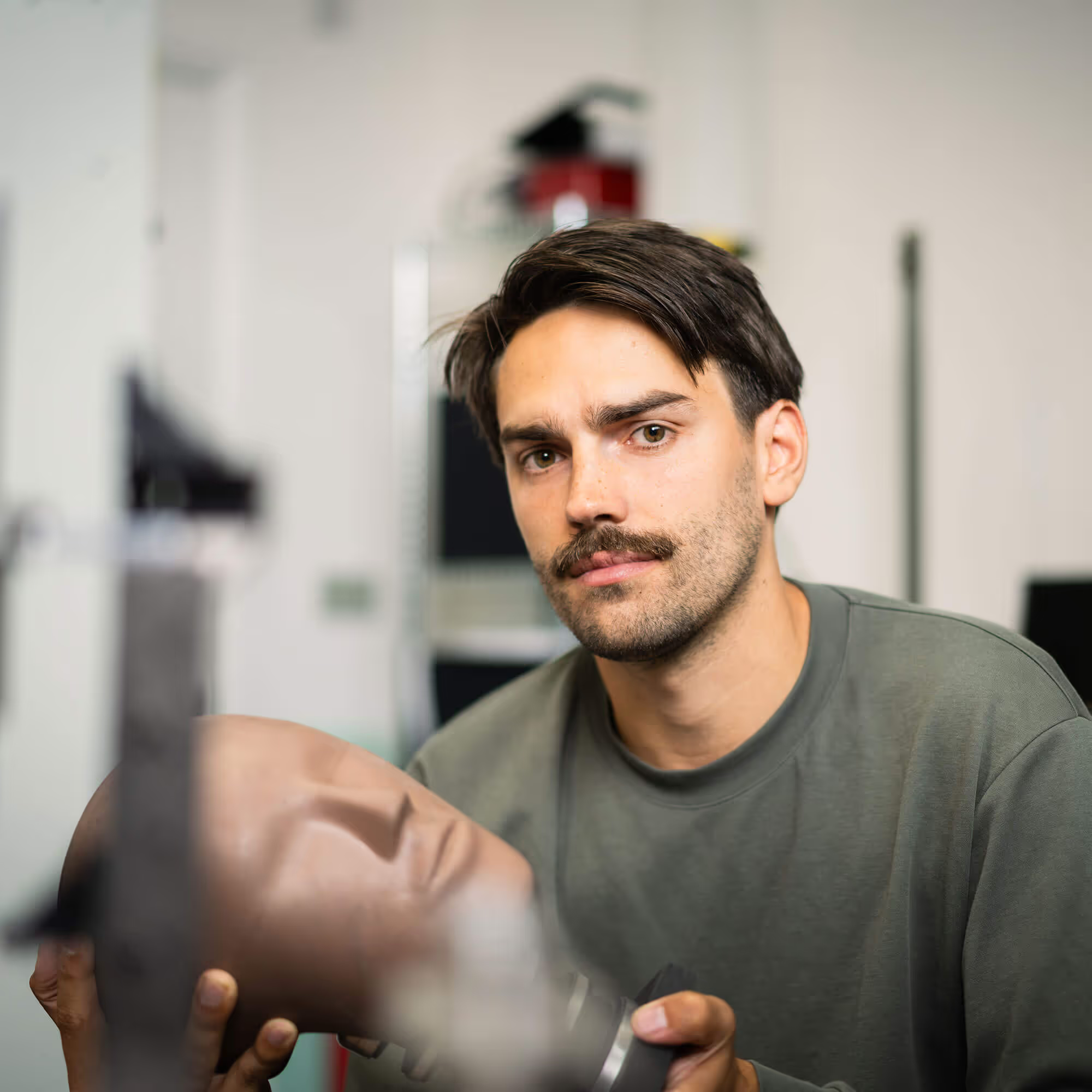
Kayla White
Office Manager

Noah O ’ Sullivan
Production Engineer
